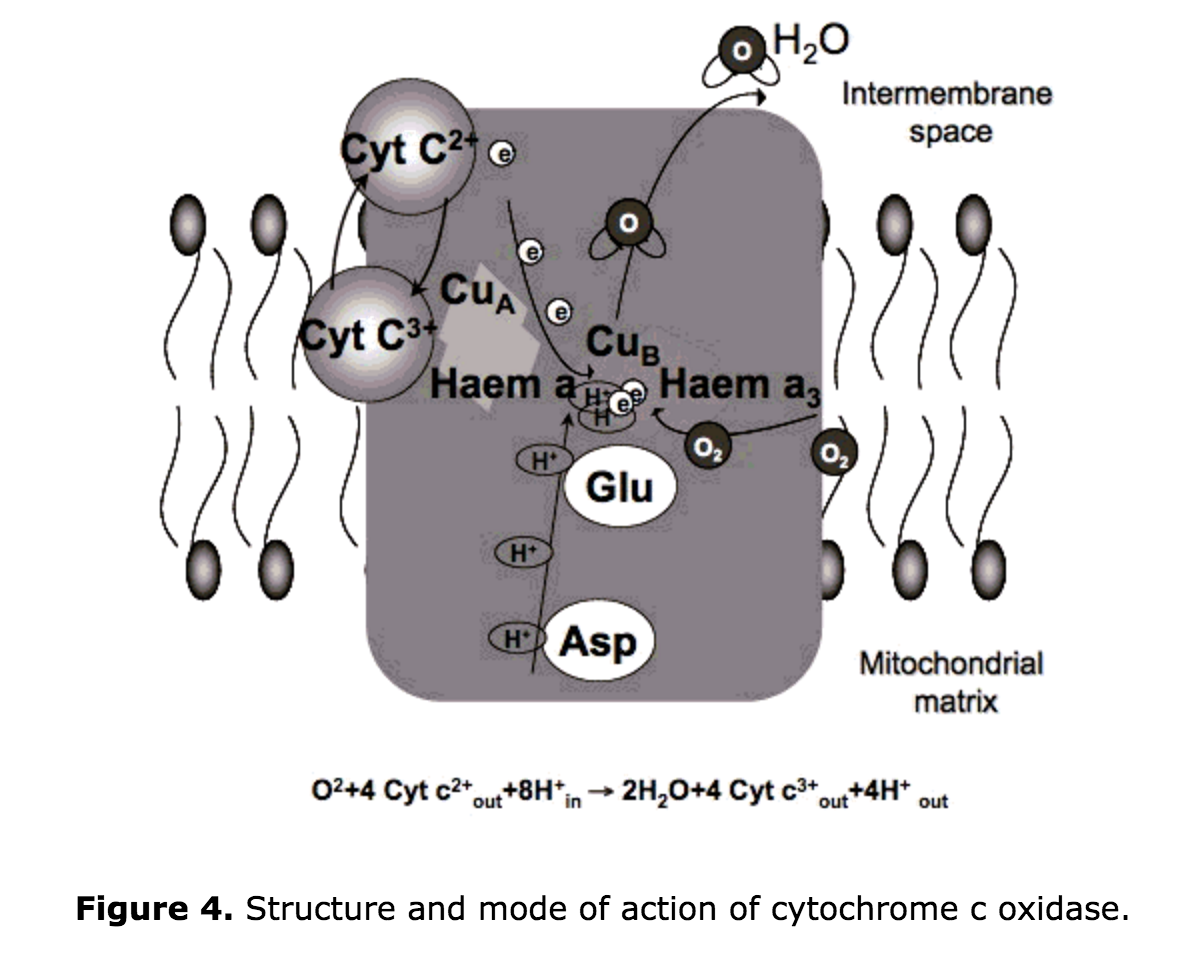What Does Photobiomodulation Do?
Wiki Article
Photobiomodulation Can Be Fun For Anyone
Table of ContentsThe Only Guide for PhotobiomodulationPhotobiomodulation for DummiesThe smart Trick of Photobiomodulation That Nobody is DiscussingPhotobiomodulation for Beginners3 Easy Facts About Photobiomodulation Explained

, in which they revealed the potential for lasers to deal with malignant tumors. Photobiomodulation. The problem is that his own laser was a lot less powerful than the Bostonians' and the tumors on his laboratory rats were not affected.
The skin around the tumors had actually been shaved to much better observe what was going on, and also Mester discovered that, following his use of the laser, both hair development as well as injury recovery were increased. He had come across a finding that would certainly guide his career progressing. His laser was not extremely effective: it was a low-level laser, of the kind that doesn't shed living cells, as well as the potential healing applications of this type of laser came to be called either chilly laser treatment or low-level laser treatment.
The wavelengths normally used for these treatments are in the red and also near-infrared component of the light spectrum. Naturally, there's nothing foolish about the idea that light influences biology. Our wake-sleep cycles are greatly influenced by light, as well as our skin makes vitamin D out of cholesterol when it's exposed to ultraviolet light.
9 Easy Facts About Photobiomodulation Explained
Some, think it or not, hypothesized it might be used to deal with COVID-19 patients. The majority of the research studies done on PBM were accomplished in laboratory pets. On top of this imposing pile of pre-clinical proof, there is a sprinkle of human studies, often unchecked case records that are bit even more than stories.It is appealing to believe that the laboratory mice's improvements when subjected to traffic signal shows what will take place to us when based on the same treatment. Yet we are not giant mice, and no place is this even more eye-opening than by looking at the data we carry what occurs to the promises of early study searchings for.
They and also various other animal designs of illness belong to a pipe that permits researchers to check their understanding of ailment with the best goal, typically, of obtaining a new treatment approved. This pipeline extends from cells in culture flasks to animal versions to larger and also larger teams of human participants in the 3 major stages of scientific tests.
It's an onslaught that needs to be passed through as well as it creates a lot of attrition. Its authors found that only regarding one out of every ten drugs that begin to be tested in humans at some point gets approved.
Photobiomodulation for Dummies
Let that sink in. The success rate utilized to be higher, by their estimates one in five to one in eight, looking at data from the 1960s onwards. There are lots of reasons for this downtick in our success rate. The low-hanging fruit has already been selected, so it's ending up being harder to discover medicines that work.
Biomedical research is essential, yet it is hard. Coming to terms with just how not likely initial outcomes are to equate right into an approved clinical treatment important source permits us to readjust our expectations to be in line with truth., to the point where this last experiment had to be too soon terminated for futility.
Biology has such an outstanding cast of molecular characters, it is all also easy for researchers to connect a collection of dots in between An and B.
Just helpful hints because some due to the fact that are particles by set off ray of light does not imply that a healing process is afoot. I remain doubtful, especially of the a lot more outrageous cases of photobiomodulation, and I still do not comprehend exactly how sunshine does not already offer whatever benefit PBM lights possess.
This quick commercialization of amazing science that isn't practically all set for primetime has actually been called scienceploitation, as well as regrettably PBM is bathing in it. The step toward making use of LEDs rather of lasers has been beneficial to this marketing initiative: the FDA thinks about an LED's power degree to be listed below that which constitutes a medical risk, so tools using them are not regulated as snugly as those using much more harmful innovations.
That is not to say that all of PBM's applications are hogwash or that future research study will never ever produce more reliable applications of it.
The Definitive Guide to Photobiomodulation
A healthy suspicion is needed here, specifically when it involves cases of red light improving dementia. - Photobiomodulation is devoted to the suggestion that cold lasers or red and near-infrared lights can promote the body to heal itself of a range of conditions- The about his huge majority of research right into photobiomodulation was done on animals, not humans, and also the majority of favorable cause lab pets do not result in accepted interventions in people- Proponents of photobiomodulation will often cite that we understand how it affects the body at a molecular level, but these type of systems are very easy to assume and they do not imply that the innovation is really healing anything.Report this wiki page